Last week’s blog post explained why the logic model is an excellent tool for creating a clear and measurable outline of how a funder’s financial contribution will help your organization meet its goals in the new year.
Having a complete logic model in place before approaching a funder means that your organization is well-positioned to write a successful grant proposal. Much of the information and data points you have gathered for your logic model can then be used in the project narrative section of the full grant application.
All grantmakers are different and so the information requested for a proposal will vary depending on the funder. For the most part, a grant proposal will need to include:
Executive Summary
Statement of Need
Project Narrative
Organization Background
Primary Contact Information
Organization Budget
Project Budget and Narrative
A grant proposal must always explain how the goals outlined in the request are specific, measurable, achievable, realistic and timely. Don’t submit a request to a grantmaker if you don’t think your organization has the capacity to achieve what you are proposing!
It is important to be clear and concise since many funders use online submission portals that only accept applications that adhere to strict character and/or word counts. Also, don’t be afraid to submit your proposal in advance of the deadline. It is one more way to distinguish your proposal from the pile of requests the grantmaker receives.
If you receive a rejection message from the funder, don’t despair! This is actually an excellent opportunity to start building a rapport with that grantmaker. Respond to their message with an email or a phone call and ask for constructive feedback on your submission. Save any information they share so when you submit in the future you can incorporate that feedback into the new proposal.
Need a more in-depth guide to proposal writing? Get in touch with us!

